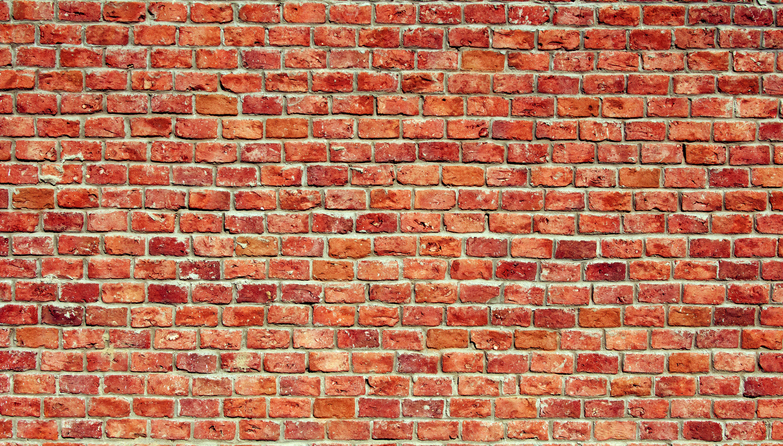Every now and then you’ll hear the objection that it’s too hard to make older buildings energy efficient. I think that's one of the silliest objections I've heard for a couple of reasons, and after thirty years in the business and hearing just about everything, I’m happy to offer some of my favorite ways to address this objection.

- One of the more comedic ways you could counter this objection is to say something like "Well, it's funny you should mention that. The oldest building in the United States to receive an ENERGY STAR® was a bank branch in Cambridge, MA built in the 1800s. How old is your building?” Of course, most of the people raising this objection are talking about buildings built in the ‘80s or ‘90s. Sometimes even more recent vintages.
- You have to remember how buildings were constructed back in the day. Most of them were made of brick with really thick walls, great thermal mass and smaller windows. They might not have the curtain wall technology of newer buildings; however, they have excellent insulation potential.
- Because a building is older there’s a greater chance that the mechanical systems have been completely retrofitted since it was built. As a result, you may have the best of both worlds – a superior thermal envelope and mechanical systems that may actually be as efficient as what you might find in buildings constructed more recently.
- After decades of analyzing large sample sets of buildings, the EPA has concluded that the age of a building is not significantly correlated with energy performance. I’d also encourage your prospects to visit the ENERGY STAR® registry of labeled buildings and take a look at the years many of them were built. There are now over 20,000 of them and age has clearly not been a discriminating factor.
So, as much as you'd think the older building excuse might be a problem, it's really just an excuse. If someone frets about it during your pitch or brings it up in later discussions, feel free to address it using any or all of these four approaches.







